Category Archives: Surveying
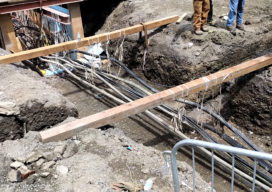
Damage to the Underground: A Stitch in Time Saves Nine
Avoiding damage to utility infrastructure could save billions. This is a summary of a white paper “Reducing Damage to Underground Utility Infrastructure during Excavation” prepared by Geoff Zeiss and Dr. Sakura Shinoaki and published by the Geospatial Information & Technology Association. Over two decades in the United States there have been more than 400 fatalities and...
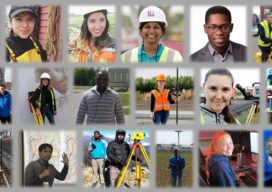
Diversity, Surveying, and Reflection: Professional Relationships and Responsibilities in 2020
Professions benefit from having strong relationships with all the communities they serve. From recruitment and succession planning, to presenting a positive image, to simply being good business: diversity enriches. How could any efforts to broaden such relationships be viewed as anything other than positive? Surveying, as with many professions and fields, has grown and evolved...
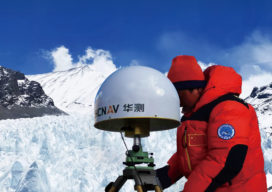
GNSS on Top of the World: Climbing Everest with CHC P5
Surveyors summit Mount Everest with a new generation of GNSS instruments. The fascination with the height of Mount Everest began one morning in 1852 when Radhanath Sikdar, an Indian-Bengali mathematician, rushed into the room of Sir Andrew Waugh and exclaimed, “Sir, I have discovered the highest mountain of the world.” Sikdar was employed by the Great Trigonometric Survey of India...
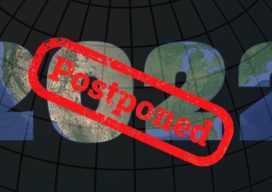
Reference Framework Update Delayed
Roll out of the National Spatial Reference System (U.S.) update, originally envisioned for 2022, may not complete until a 2024-2025 time frame. Many reasons are contributing to this delay. FAQ from the National Geodetic Survey: bit.ly/2Z09z6L
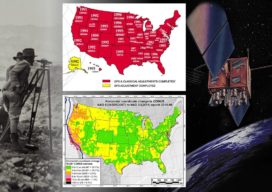
More on the Datum Epoch
Editor’s note: Our April feature “Datum Epochs, and How to Understand Them” by Richard Maher, generated a lot of interest, and readers asking for more on geodesy fundamentals. One letter to the editor provided more detail on keys points. In the interests of providing multiple perspectives, we present the following from Steven J. Martin as...
SLAM, Bam, Thank You Ma’am: Giving Preservation a Hand(held)
Handheld SLAM mapping technology helps preserve historical sites for future generations. Across the world, places of historical significance are regularly monitored to ensure they are cared for properly and preserved for future generations. This care and attention can help us learn more about our past and inform design and building projects of the future. When...
